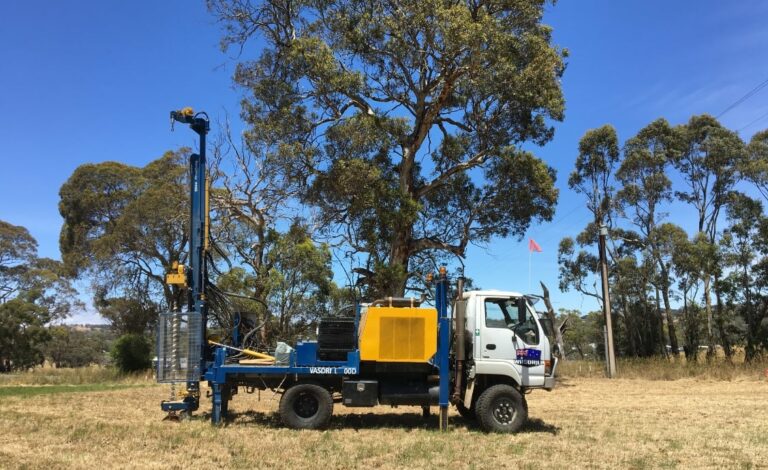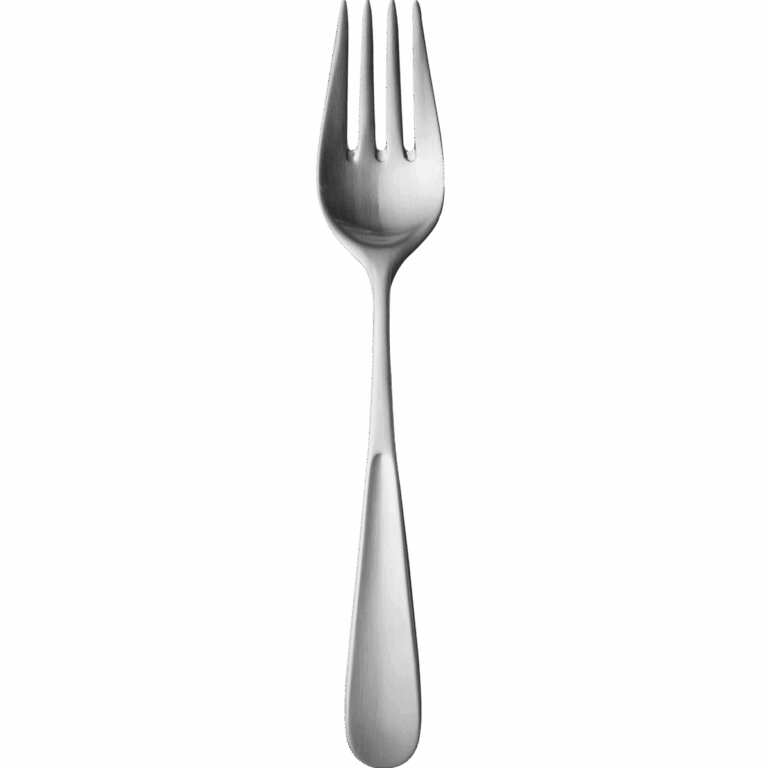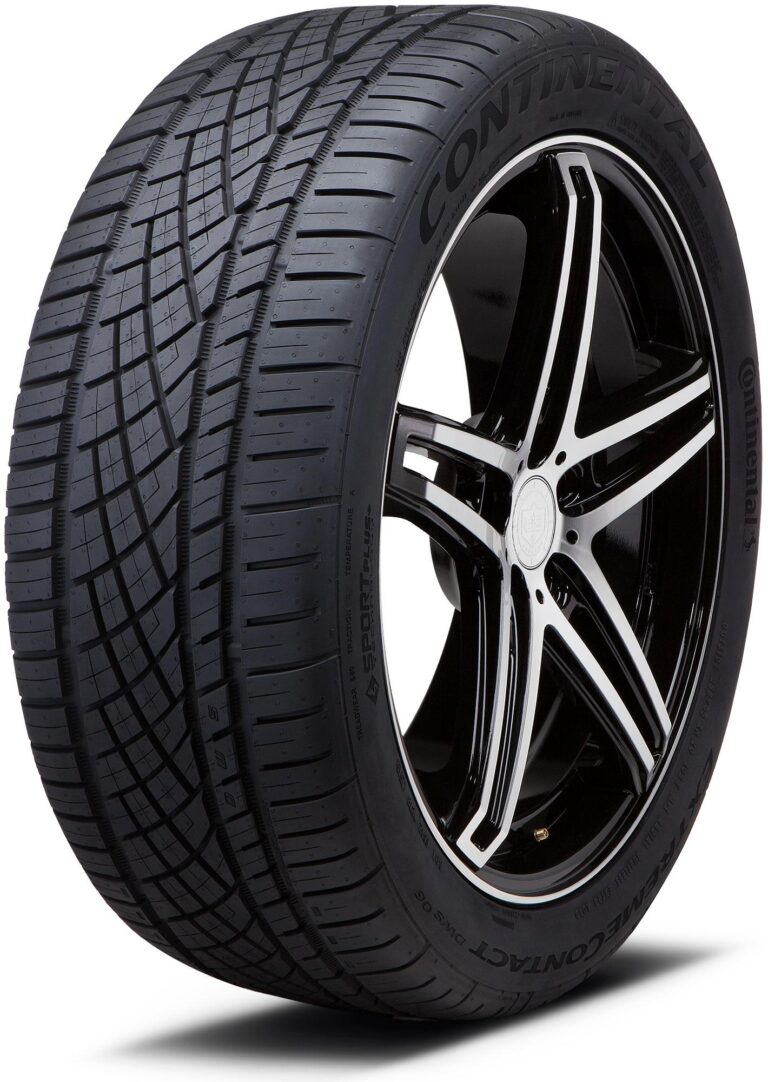Hail Damaged Trucks For Sale In Texas: Your Comprehensive Guide to Smart Buying
Hail Damaged Trucks For Sale In Texas: Your Comprehensive Guide to Smart Buying cars.truckstrend.com
Texas, a state renowned for its vast landscapes, robust economy, and a deep-seated love for pickup trucks, also holds another, less celebrated distinction: it’s a frequent target for severe weather, particularly hailstorms. While these storms can be destructive, they also create a unique market opportunity: an abundance of Hail Damaged Trucks For Sale In Texas. For savvy buyers, this market isn’t just about finding a truck; it’s about unlocking significant value, acquiring a desired vehicle at a fraction of its undamaged cost, or even securing a project for a custom build. This comprehensive guide will navigate the intricacies of this specialized market, offering insights, practical advice, and everything you need to know before making your next truck purchase.
Understanding Hail Damage: More Than Just Dents
Hail Damaged Trucks For Sale In Texas: Your Comprehensive Guide to Smart Buying
Before diving into the buying process, it’s crucial to understand what "hail damage" truly entails. While often perceived as purely cosmetic, hail damage can range from minor dings to severe structural issues, affecting various components of a truck.
- Cosmetic Dents: The most common form, these are surface indentations on the body panels (hood, roof, fenders, doors, bed sides). They vary in size and depth, from dime-sized pings to golf ball-sized craters. Their impact on a vehicle’s functionality is minimal, but they significantly devalue the aesthetic.
- Glass Damage: Hailstones can crack or shatter windshields, rear windows, side windows, and even sunroofs. This is a critical safety concern and requires immediate repair.
- Paint Damage: While PDR (Paintless Dent Repair) can often fix dents without affecting the paint, severe impacts can chip, crack, or flake the paint, requiring more extensive bodywork and repainting.
- Trim and Accessory Damage: Plastic trim, mirrors, light housings, and even chrome accents can be cracked or broken by large hail.
- Potential Secondary Damage: Less common but more serious, severe hail can compromise seals, leading to water leaks into the cabin, which can then cause mold, electrical issues, or damage to interior components. In extremely rare cases, very large hail can even affect structural integrity, though this is usually limited to the roof and pillars.

The severity and type of damage directly influence the truck’s value, repair costs, and suitability for different buyers.
Why Texas is the Epicenter for Hail Damaged Trucks
Texas’s geographical location makes it a hotspot for severe weather, earning it a significant portion of "Hail Alley" – a region stretching from Texas through Oklahoma, Kansas, and Nebraska. The unique convergence of warm, moist air from the Gulf of Mexico and cool, dry air from the Rockies frequently creates the perfect conditions for supercell thunderstorms, which produce large, damaging hail.
This meteorological reality translates directly into the automotive market. When major hailstorms sweep through densely populated areas like Dallas-Fort Worth, Houston, Austin, or San Antonio, thousands of vehicles, including a disproportionate number of trucks, sustain damage. Insurance companies deem many of these vehicles "totaled" based on repair costs exceeding a certain percentage of their market value, even if the damage is primarily cosmetic. This influx of insured, hail-damaged trucks creates a robust secondary market, offering unparalleled opportunities for buyers in the state.
The Undeniable Appeal of Buying Hail Damaged Trucks

For the right buyer, a hail-damaged truck presents a compelling proposition, offering several distinct advantages:
- Significant Cost Savings: This is the primary driver. Hail-damaged trucks can often be purchased for 20% to 50% less than their undamaged counterparts, even for relatively new models. This allows buyers to acquire a higher trim level, a newer model year, or a more powerful engine that would otherwise be out of their budget.
- Excellent Mechanical Condition: In most cases, hail damage is superficial. The engine, transmission, suspension, and core mechanical components are usually untouched, meaning you can get a mechanically sound vehicle for a drastically reduced price.
- Ideal for Work Trucks or Off-Roading: If you need a truck primarily for hauling, towing, or off-road adventures, minor cosmetic dents might be irrelevant. The truck will perform its intended function just as well, but at a lower acquisition cost.
- Project Vehicle Potential: For those with DIY skills or connections in the auto body industry, a hail-damaged truck can be a rewarding project. Repairing the damage yourself or having it done at a lower cost can result in a truck worth significantly more than your total investment.
- Parts Donor: In some extreme cases, severely damaged trucks can be acquired cheaply for their valuable components (engine, transmission, axles, interior parts), which can then be used to repair another vehicle or sold for profit.

Where to Find Hail Damaged Trucks in Texas
The market for hail-damaged trucks in Texas is diverse, offering several avenues for potential buyers:
- Insurance Auto Auctions: Platforms like Copart and IAAI (Insurance Auto Auctions) are the largest sources. These auctions sell vehicles deemed total losses by insurance companies, including a massive inventory of hail-damaged trucks. While open to the public, some require a broker’s license to bid, or you can use a public-access broker.
- Specialized Dealerships: Some independent used car dealerships specialize in selling "salvage" or "rebuilt" title vehicles, often including hail-damaged inventory. They typically handle the title branding and minor repairs, offering a more traditional buying experience.
- Private Sellers: After a major hailstorm, many individuals choose to sell their damaged vehicles directly rather than filing an insurance claim or accepting a low trade-in value. Websites like Craigslist, Facebook Marketplace, and local classifieds can be good sources.
- Wholesale Lots/Salvage Yards: Some larger salvage yards or wholesale operations acquire hail-damaged vehicles in bulk. They may sell them as-is or part them out.
- Online Marketplaces: General used car sites like AutoTrader or CarGurus may have listings, though often less explicitly categorized as "hail damaged." You’ll need to filter by price and carefully inspect photos and descriptions.
Important Considerations Before You Buy
Purchasing a hail-damaged truck requires diligence and a clear understanding of the risks and rewards.
- Title Status: This is paramount.
- Clean If the damage was minor and repaired without an insurance claim, or if the owner opted out of a claim, the truck might retain a clean title. These are rare and command higher prices.
- Salvage This is common for hail-damaged trucks. An insurance company has declared the vehicle a total loss. A salvage title means the vehicle cannot be legally driven until it undergoes repairs and passes a state inspection (in Texas, a "Rebuilt Salvage Vehicle Inspection").
- Rebuilt/Reconstructed Once a salvage vehicle has been repaired and passed the necessary inspections, its title is branded "Rebuilt" or "Reconstructed." These vehicles are legal to drive and insure, but the title brand will permanently reflect its past damage.
- Junk Vehicles with severe damage, often beyond economic repair, are given a junk title and are typically only good for parts. Avoid these unless you specifically need parts.
- Extent of Damage vs. Repair Costs: Accurately assessing repair costs is crucial. Small dents might be fixed with PDR for a few hundred dollars, while extensive bodywork, painting, and glass replacement could run into thousands. Always get a professional estimate.
- Insurance Implications: Insuring a rebuilt title vehicle can be more challenging. Some insurers may refuse comprehensive coverage, or premiums might be higher. Always get insurance quotes before purchasing.
- Resale Value: A rebuilt title will always impact resale value. While you save on the initial purchase, you’ll likely recover less when you sell, even if perfectly repaired.
- Hidden Damage: Always be wary of potential hidden damage, especially water intrusion from compromised seals. Check for mildew, rust, or dampness in the cabin or under carpets.
Evaluating the Damage: A Buyer’s Practical Guide
When inspecting a hail-damaged truck, go beyond the obvious dents.
- Walk Around in Good Light: Examine the truck from all angles in bright, preferably natural, light. Look for shadows cast by dents.
- Inspect All Panels: Pay close attention to the roof, hood, and top surfaces of the fenders, which typically receive the most impact. Check doors, bed sides, and tailgate.
- Check Glass: Look for chips, cracks, or spiderwebbing on the windshield, rear window, and side glass.
- Examine Paint Integrity: Are there chips or cracks in the paint within the dents? This indicates more severe impacts requiring paintwork.
- Open and Close Doors/Hood/Tailgate: Ensure all panels align properly and open/close smoothly. Severe impacts can sometimes cause minor panel misalignment.
- Interior Inspection: Look for signs of water leaks – dampness, mildew smell, water stains on the headliner or upholstery. Check for proper function of all electronics (radio, lights, power windows) as water damage can cause electrical issues.
- Mechanical Check: While hail damage is usually cosmetic, a pre-purchase inspection by a trusted mechanic is always recommended, regardless of the apparent damage. This ensures the engine, transmission, brakes, and suspension are sound.
- PDR Potential: If the dents are shallow and the paint is intact, Paintless Dent Repair (PDR) is an option. Get an estimate from a reputable PDR technician.
Navigating the Purchase Process
- Research and Set a Budget: Determine the make, model, and year range you’re interested in, and set a realistic budget for the purchase price plus potential repair costs.
- Source Vehicles: Utilize the platforms mentioned above. Be prepared to travel within Texas to find the right deal.
- Thorough Inspection: Never buy sight unseen. Physically inspect the truck, or hire a third-party inspector if you cannot.
- Understand the Confirm the title status (Salvage, Rebuilt, etc.) and understand what it means for registration and insurance.
- Negotiate: Hail damage is a significant bargaining chip. Don’t be afraid to negotiate aggressively, armed with repair estimates.
- Financing: Be aware that traditional lenders may be hesitant to finance salvage or rebuilt title vehicles. You might need cash or a personal loan.
- Bill of Sale: Ensure all details are accurate on the bill of sale, including the VIN, sale price, and condition of the vehicle.
Repairing Hail Damage: Options and Costs
Once you own a hail-damaged truck, you have several repair avenues:
- Paintless Dent Repair (PDR): For shallow dents where the paint is undisturbed, PDR is the most cost-effective and fastest solution. Technicians use specialized tools to massage the dents out from behind the panel. Costs typically range from $50-$150 per dent for small ones, or $500-$2500+ for a full vehicle with moderate PDR-repairable damage.
- Traditional Bodywork and Painting: For deeper dents, creased metal, or chipped paint, conventional bodywork is required. This involves filling, sanding, and repainting the affected panels. This is more expensive and time-consuming, potentially costing thousands of dollars per panel, or $5,000-$15,000+ for severe full-body damage.
- Glass Replacement: Windshields can range from $200-$1000+, depending on sensors and features. Side windows are usually less expensive.
- DIY Repairs: For very minor dings, some DIY kits exist, but professional results are hard to achieve without specialized tools and experience.
- Live with It: For a work truck or budget vehicle, many owners simply choose to live with the cosmetic damage, saving all repair costs.
Potential Challenges and How to Overcome Them
- Hidden Water Damage: Thoroughly inspect for any signs of leaks. If found, factor in extensive interior cleaning, drying, and potential electrical repairs.
- Difficulty Insuring: Contact multiple insurance providers. Some specialize in rebuilt titles or are more flexible. Be prepared for potentially higher premiums or limited coverage options (e.g., liability only).
- State Inspection for Rebuilt Titles: Familiarize yourself with Texas’s requirements for a "Rebuilt Salvage Vehicle Inspection." Ensure all repairs meet safety standards.
- Resale Value Impact: Accept that the "rebuilt" brand is permanent. Market your truck honestly and price it competitively when it’s time to sell.
Price Table: Illustrative Costs for Hail Damaged Trucks in Texas
Note: These prices are highly illustrative and can vary wildly based on the truck’s exact year, mileage, trim level, specific location in Texas, market demand, and the subjective assessment of hail damage severity. Always get a professional inspection and repair estimate.
| Truck Make/Model (Example) | Year Range | Est. Hail Damage Severity | Est. Sale Price Range (Hail Damaged) | Est. Sale Price Range (Undamaged Equivalent) | Notes/Considerations |
|---|---|---|---|---|---|
| Ford F-150 (XLT/Lariat) | 2018-2022 | Light (PDR-repairable) | $25,000 – $35,000 | $35,000 – $50,000 | Minor dents on hood/roof, possibly one cracked windshield. Good for a quick cosmetic fix and significant savings. |
| Ram 1500 (Big Horn/Laramie) | 2017-2021 | Moderate (Some PDR, some paint) | $20,000 – $30,000 | $30,000 – $45,000 | Dents on most panels, likely cracked windshield/rear glass. Expect $3k-$7k in repair costs for a near-perfect finish. |
| Chevy Silverado 1500 (LT/RST) | 2016-2020 | Severe (Extensive bodywork) | $15,000 – $25,000 | $25,000 – $40,000 | Heavy denting on all top surfaces, multiple broken glass panes, potentially damaged trim. Requires significant investment in repairs ($7k-$15k+). |
| Toyota Tundra (SR5/Limited) | 2015-2019 | Light to Moderate | $22,000 – $32,000 | $32,000 – $45,000 | Known for reliability; even with cosmetic damage, mechanicals are usually solid. Repair costs depend on PDR vs. paint. |
| Nissan Titan (SV/Pro-4X) | 2017-2020 | Moderate | $18,000 – $28,000 | $28,000 – $40,000 | Often overlooked, can offer good value. Damage usually similar to Ford/Ram. |
| Toyota Tacoma (SR5/TRD Off-Road) | 2018-2022 | Light to Moderate | $24,000 – $34,000 | $34,000 – $48,000 | Popular mid-size; maintains high resale even with damage. PDR is often effective for smaller trucks. |
| Older Work Truck (F-250/350, Ram 2500, etc.) | 2010-2016 | Any (Cosmetic) | $8,000 – $18,000 | $15,000 – $25,000 | Ideal for a budget work truck where aesthetics are secondary. Minimal repair might be needed, or none at all. |
Frequently Asked Questions (FAQ) About Hail Damaged Trucks in Texas
Q1: Is it safe to drive a hail-damaged truck?
A1: Yes, in most cases, hail damage is cosmetic and does not affect the truck’s mechanical or structural safety. However, shattered glass must be replaced immediately for visibility and safety. Always get a professional pre-purchase inspection to rule out any unforeseen issues.
Q2: Can I get insurance for a hail-damaged truck with a "rebuilt" title?
A2: Yes, typically you can get insurance. Most major insurance companies will offer liability coverage. Comprehensive and collision coverage might be available from some insurers, but premiums could be higher, and some companies may limit payouts based on the pre-damage value or require specific inspections. Always get quotes before buying.
Q3: How much can I save by buying a hail-damaged truck?
A3: Savings can range from 20% to 50% or more off the market value of an equivalent undamaged truck. The actual savings depend on the severity of the damage, the truck’s make/model, and the current market conditions.
Q4: Will a "rebuilt" title affect the resale value of my truck?
A4: Yes, a "rebuilt" title will permanently reduce the resale value compared to a truck with a clean title, even if perfectly repaired. However, since you bought it at a significant discount, you can still come out ahead financially if you factored in the depreciation.
Q5: Should I get a pre-purchase inspection on a hail-damaged truck?
A5: Absolutely, yes. This is non-negotiable. While hail damage is often cosmetic, an independent mechanic can identify any hidden mechanical issues or potential secondary damage (like water leaks) that might not be immediately obvious.
Q6: Can I repair hail damage myself?
A6: For very minor, shallow dents, some DIY kits exist. However, achieving professional, undetectable results, especially with PDR, requires specialized tools and significant skill. For extensive damage, professional bodywork or PDR is recommended.
Q7: How long does it take to repair hail damage?
A7: PDR can often be completed in a few days to a week for a full vehicle. Extensive traditional bodywork and painting can take several weeks or even months, depending on the severity of the damage and the body shop’s schedule.
Conclusion: A Smart Buy for the Savvy Texan
The market for Hail Damaged Trucks For Sale In Texas offers a unique opportunity for those willing to do their homework. While the initial appearance might be daunting, understanding the types of damage, the nuances of title branding, and the potential for significant savings can lead to a highly rewarding purchase. By approaching this market with due diligence, securing thorough inspections, and budgeting for potential repairs, you can drive away in a reliable, capable truck that might have otherwise been out of reach, all while navigating the unique landscape of Texas’s automotive market. For many, a hail-damaged truck isn’t a problem; it’s simply a smart way to get more truck for their money.






